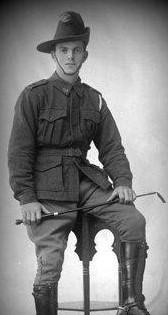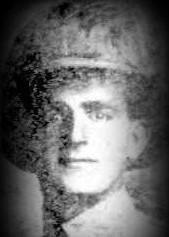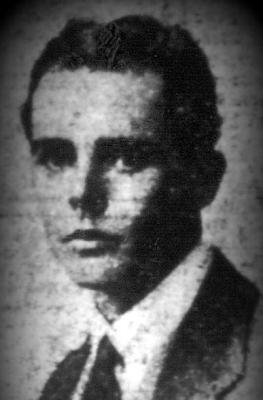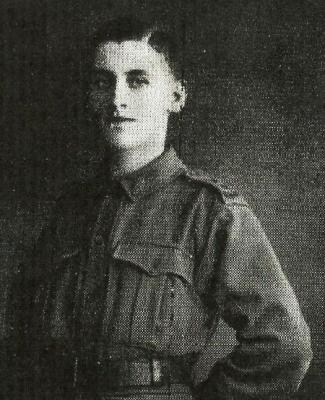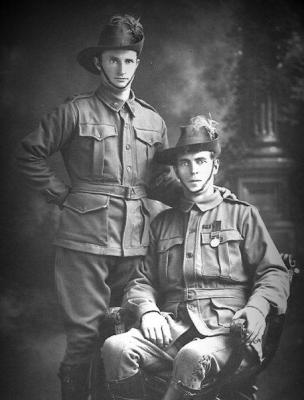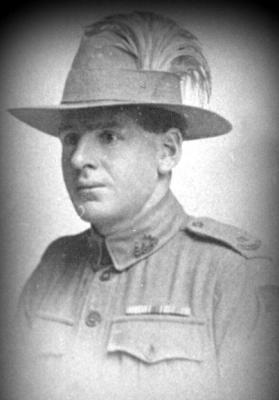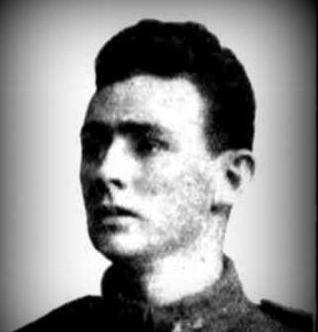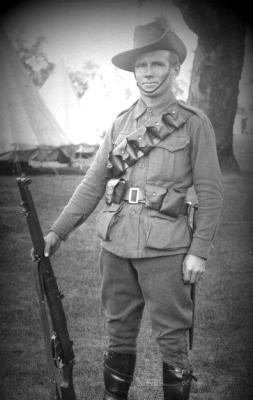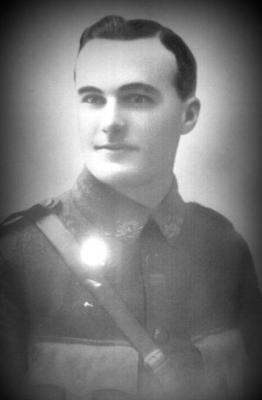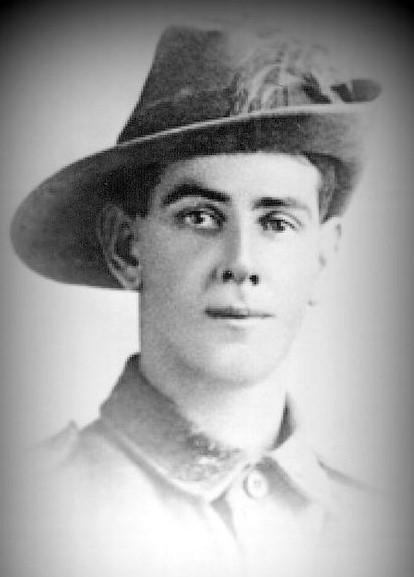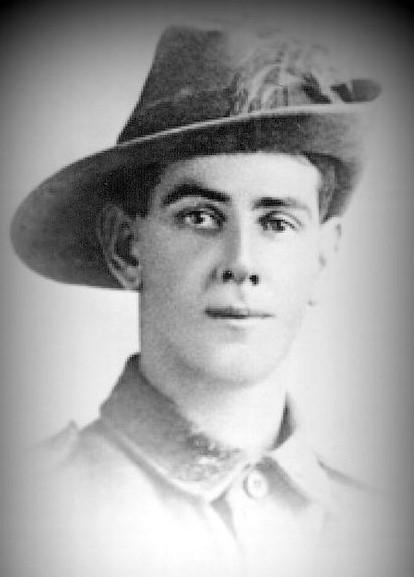World War 1, Australia, Western Australia, 1182 MacLAREN, 10 Light Horse
Photograph of 1182 Trooper Duncan Mark MacLaren from Bridgetown, 8th Reinforcements, enlisted 14 May 1915, died 6 September 1916 of wounds received at Romani
10 Light Horse was raised as a squadron, then a regiment in October 1914.and formed part of the 3rd Light Horse Brigade in Egypt. The Regiment served dismounted in Gallipoli and fought at the charge at the Nek on 7 August 1915, and at Hill 60 on 29-30 August. The only Victoria Cross awarded to a Light Horseman recognised the valour of Lieutenant Hugo Throssell at Hill 60.
After Gallipoli the Regiment was bought up to strength to defended Egypt from the Ottoman Army advancing on the Suez Canal. Through 1916 they drove the Turks across the deserts of Sinai, participating in the battles of Romani and Magdhaba.
In 1917 as part of the Desert Column they advanced into Palestine and participated in the bloody battles to break the Gaza-Beersheba line and helped capture Jerusalem. They participated in the Es Salt Raid in May 1918. In August they were equipped with swords and retrained as cavalry. In this role they took part in the rout of the Ottoman army in the Jordan Valley, a campaign the light horse referred to as "The Great Ride". In September the 10th was the first formed regiment to enter Damascus.
Turkey surrendered on 30 October 1918. After the end of the war, the regiment saw action in putting down the Egyptian uprising of 1919. The Regiment was one of the few to return home as a formed unit.
Details
Details
The battle of Romani, fought between 3 and 5 August 1916, finally put a stop to the Turkish threat to the Suez canal and marked the beginning of the British forces' drive out of Egypt and into Palestine. The British defences were sited admist a series of towering sand dunes, 35 kilometres east of the canal, which the Turks tried to outflank to the south early on 4 August. Initially, only the 1st Light Horse Brigade was in position to meet the Turkish attack. Heavily outnumbered it was forced to fall back but as the day progressed both mounted and infantry reinforcements steadily arrived, allowing the position to be stabilized around a massive dune known as Mount Royston, after the charismatic light horse officer Lieutenant Colonel "Galloping Jack" Royston. The position was held throughout the night and before dawn the next morning the 1st and 2nd Light Horse Brigades advanced on foot with the bayonet. Turkish resistance collapsed at this point, and large numbers of prisoners were taken. At 6.30 am fresh troops of the 3rd Light Brigade were turned loose in pursuit of the retreating Turks.
This photograph is part of the extensive Phil Sullivan 10th Light Horse Collection donated to the Army Museum in November 2023.
Open in Google Maps
Nearest geotagged records:
- World War 2, Middle East, ANDERSON, 2/11 Battalion, 1941 (0km away)
- World War 1, Australia, Western Australia, 829 SINCLAIR, 10 Light Horse (0km away)
- World War 1, Australia, Western Australia, 405 FROST, 10 Light Horse (0km away)
- World War 1, Australia, Western Australia, 1046 SWEETING, 10 Light Horse (0km away)
- World War 1, Australia, Western Australia, 1998 BARRY, 10 Light Horse (0km away)
- World War 1, Australia, Western Australia, 1185 MOULTON, 10 Light Horse (0.01km away)
- World War 1, Australia, Western Australia, 932 BELL, 10 Light Horse (0.01km away)
- World War 1, Middle East, Sinai, Romani, 5 Australian Light Horse, 1336 McGOWAN1917 (0.01km away)
- World War 1, Australia, Western Australia, 1330 JONES, 10 Light Horse (0.01km away)
- World War 1, Australia, Western Australia, 234 ANDREWS, 10 Light Horse (0.02km away)
Australian Army Museum of Western Australia
Australian Army Museum of Western Australia
Other items from Australian Army Museum of Western Australia
- World War 1, Australia, Western Australia, 1183 MAYALL, 10 Light Horse
- World War 1, Australia, Western Australia, 1185 MOULTON, 10 Light Horse
- World War 1, Australia, Western Australia, 1186 NEAVE, 10 Light Horse
- World War 1, Australia, Western Australia, 1188 NEWTON, 10 Light Horse
- World War 1, Australia, Western Australia, 1189 PAYNE and 1172 HARRISON, 10 Light Horse
- World War 1, Australia, Western Australia, 1194 SMITH, 10 Light Horse
- World War 1, Australia, Western Australia, 1196 SOUTAR 10 Light Horse
- World War 1, Australia, Western Australia, 1197 STEWART, 10 Light Horse
- World War 1, Australia, Western Australia, 1201 WISEMAN, 10 Light Horse
- World War 1, Australia, Western Australia, 1202 WOODS, 10 Light Horse
- World War 1, Australia, Western Australia, 1203 COCKSHOTT, 10 Light Horse
- World War 1, Australia, Western Australia, 1226 THOMPSON, 10 Light Horse
